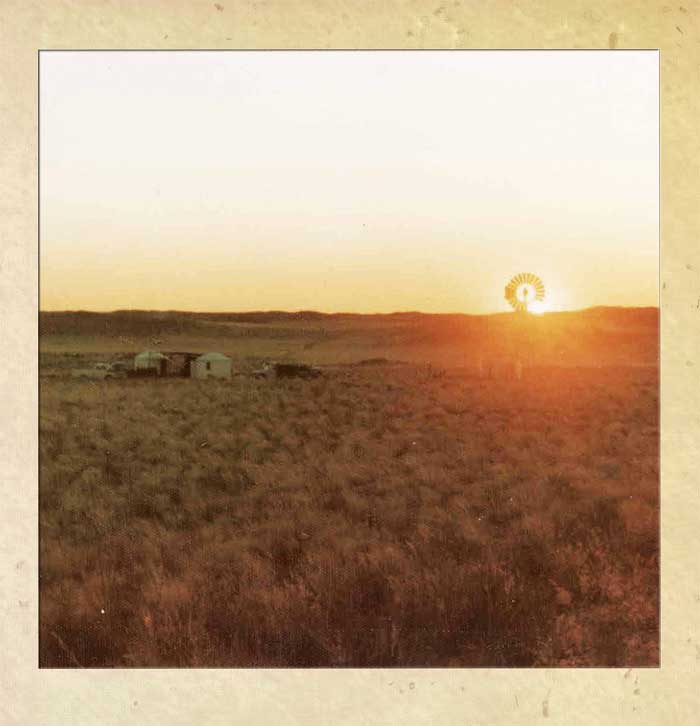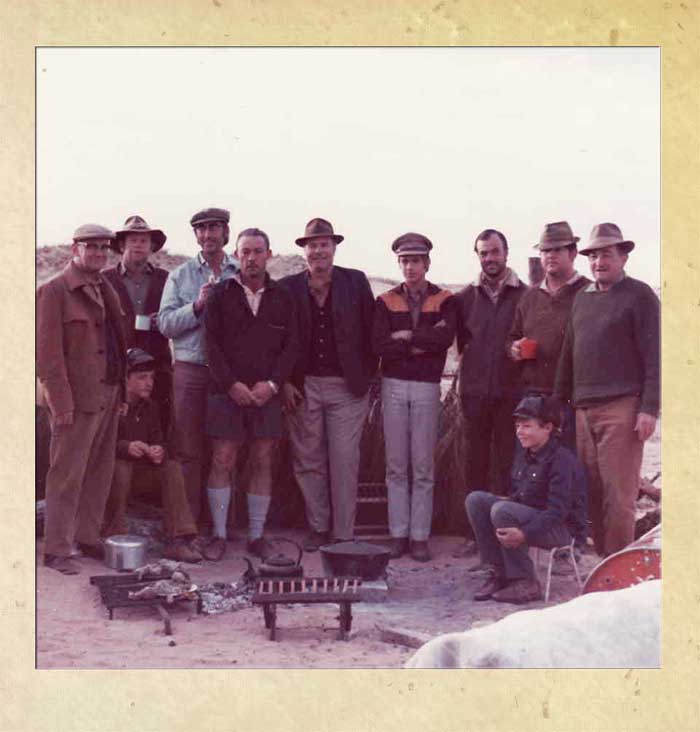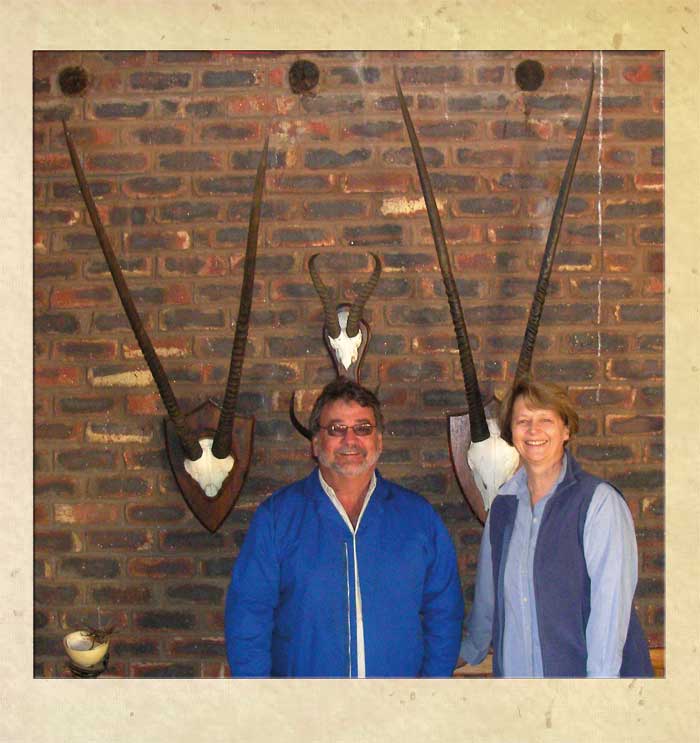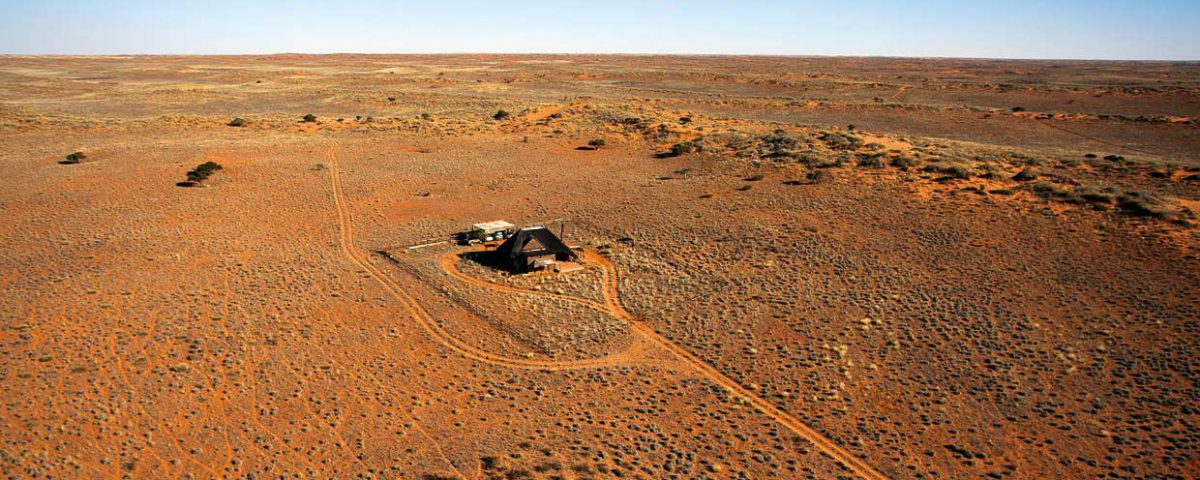
What makes a good PH?
June 15, 2016
The warthog of Ekuja
July 5, 2016W andering among these red dunes, you’ll find some of the finest specimens you can imagine. It really is true that at some stage or another, three of the top 20 SCI and Rowland Ward gemsbok trophies were taken on one farm, Langvlakte in the Kalahari. You might well ask: “Is this possible in a country as big and open as Namibia?”
When American hunter, Randy Zwagerman, took a 45 -inch gemsbok bull in May 2013, he commented that this one hadn’t been the largest horn in his scope. “We do not shoot trophy cows on this farm,” comments PH Hendrik Kotze. This is one of the main reasons why these exceptional trophy animals are still found on this farm.
Another explanation could be that Farm Langvlakte was never a commercial farm stocked with domestic animals. It has always been a game farm without inner fences, where trophy hunting is well managed.
I remember that as a young boy I spent school holidays on Langvlakte with my grandfather. We sat outside under the stars next to an open fire every evening, listening to my grandfather’s hunting stories from yesteryear.
In the 1920s, my grandfather, Jan, started out as a young tradesman undertaking trading trips to Mier near Rietfontein in the northern Cape in the area of Hakskeenpan and Philandersbron, where he subsequently bought a farm and started a trading shop. Once a month he would set out on the long trek to Upington, just across the Orange River, with mostly skins and horns to trade for necessities such as maize meal, sugar, salt and medicine for his trading post. He told us about an area in the red Kalahari that, he recounted, extended from Januaries Kop to the pans of Uigenap where you find the King George, or Post Officer’s, beacon. In those days there were no fences and these beacons were the only reference points when you set out on a hunting trip. He told us it was there that you invariably found special gemsbok herds. It seemed they never left the area. He added that they had the longest horns you could possibly imagine.
Many years later, after the 2nd World War, my father Basson – professor in Ophthalmology at Tygerberg Hospital in the Cape, South Africa – bought Langvlakte with partners. In 1962 my father became the sole owner.
It was my dad who told me about the 50-inch bull they shot there. They then buried the horns close to the saltpan of Uigenap. This was during the foot-and-mouth epidemic, and taking skins or horns across borders was not allowed. They buried the horns with the intention of retrieving them at a later stage.
Until the day of his death in 1999, he dreamt of finding this exceptional trophy to prove his point. He often said he was going to plan a thorough search for the horns. Alas, this never came to pass, but perhaps some day the wind will uncover these horns and we can then verify this legendary tale. That is if the termites don’t get there first!
At recent auctions some of this exceptional genetic material revealed itself in the animals offered for sale to game farmers from other parts of Namibia. I believe that by introducing this super genetic material into their breeding herds, game farmers not only practise sustainable conservation through trophy hunting, but also improve the gene pool of typical Namibian game species.
Lying on the top of a red dune in the Kalahari observing unsuspecting herds of gemsbok surely counts as one of those unforgettable special moments in a hunter’s life. As Namibian game farmers, we must treasure this gift and take good care of it so that our grandchildren’s children will also have the pleasure of hunting a giant gemsbok among the red dunes of the Kalahari.





This article was first published in the HUNTiNAMIBIA 2014 issue.


